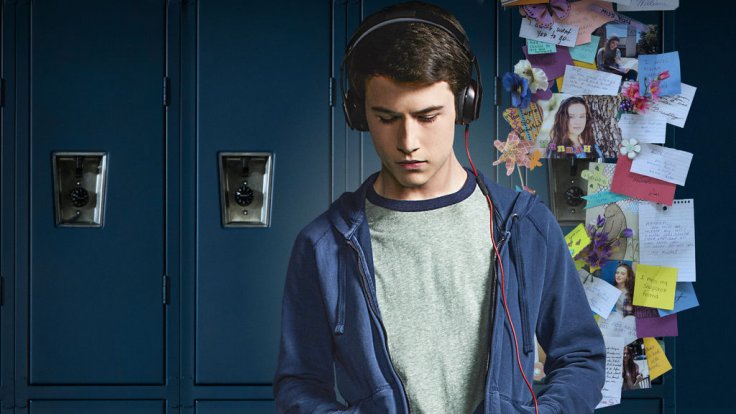Offering a contrary insight into a 2019 study that claimed that the Netflix series '13 Reasons Why' was associated with an increase in monthly suicide rates of youth after the release of the show, a new analysis claims that there is no evidence to support such a link.
Published in the journal PLOS ONE, the new analysis shows that the release of the television series had no explicit effect after accounting for the drastic increase in suicides among adolescents in recent years.
"Our reanalysis casts considerable doubt on the show having an effect on boys," said study author Dan Romer and research director of the Annenberg Public Policy Centre (APPC) from the University of Pennsylvania in the US.
Link no longer evident

The reanalysis found that the increase in the suicide rate for boys observed in the original study by Jeffrey Bridge and colleagues for three months after the series' release was no longer evident after factoring in the ongoing trend in adolescent suicide.
In addition, the increase seen during the first month of the release began a month prior to the release, making it difficult to attribute the rise to the show. The reanalysis found no effects in the subsequent months of that year.
The original time-series analysis of suicide rates found an additional 195 suicide deaths among boys ages 10 to 17 during the nine months following the series' release, on March 31, 2017, but did not find a similar result among adolescent girls.
Romer said he questioned that finding for two reasons: "First, contagion would be expected to be stronger for girls than boys because this show focuses on the suicide of a high school girl. Second, the prior analysis didn't take into account strong secular trends in suicide, especially in boys from 2016-2017."
Fear of imitation upon release
When the first season of the Netflix show appeared in 2017, it created widespread concern that its graphic portrayal of a teenage girl's suicide would lead to imitation among vulnerable young people, especially adolescent girls.
The first such study found evidence of a jump in suicides among boys aged 10 to 17 in the three months following the show's release, but no effect for girls. Romer said that analysis relied on a forecasting method to project the likely trend in suicide for 2017. But that forecast failed to anticipate the actual trend. A second study by different researchers, published in JAMA Psychiatry had a similar problem, Romer said.
That study found an effect on boys and girls 10 to 19 years old in the three months following the series' release. But it similarly failed to account for the secular trend in suicide, again making it difficult to separate the effects of the show from the trend.
APPC's reanalysis did find a modest rise in the suicide rate among adolescent girls during the first month following the release of "13 Reasons Why," but it was not statistically reliable, the researchers said.
(With agency inputs)









